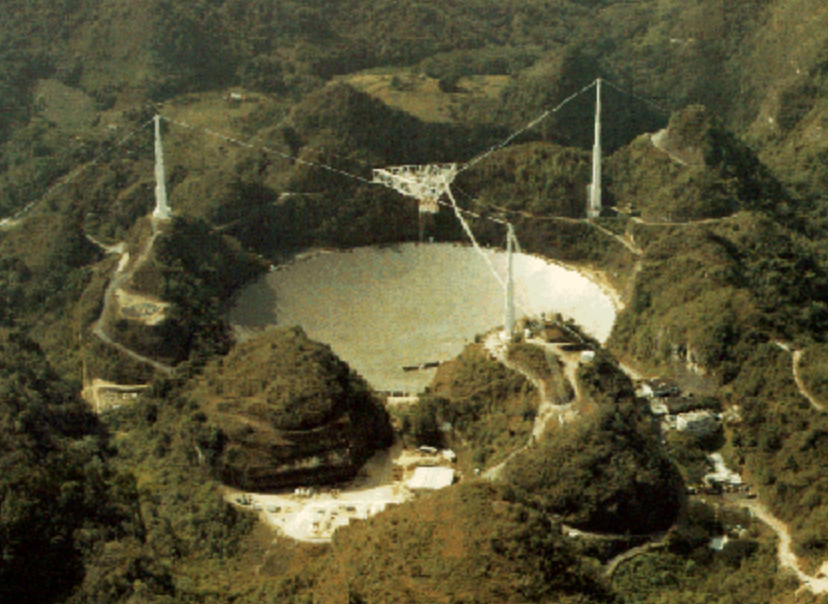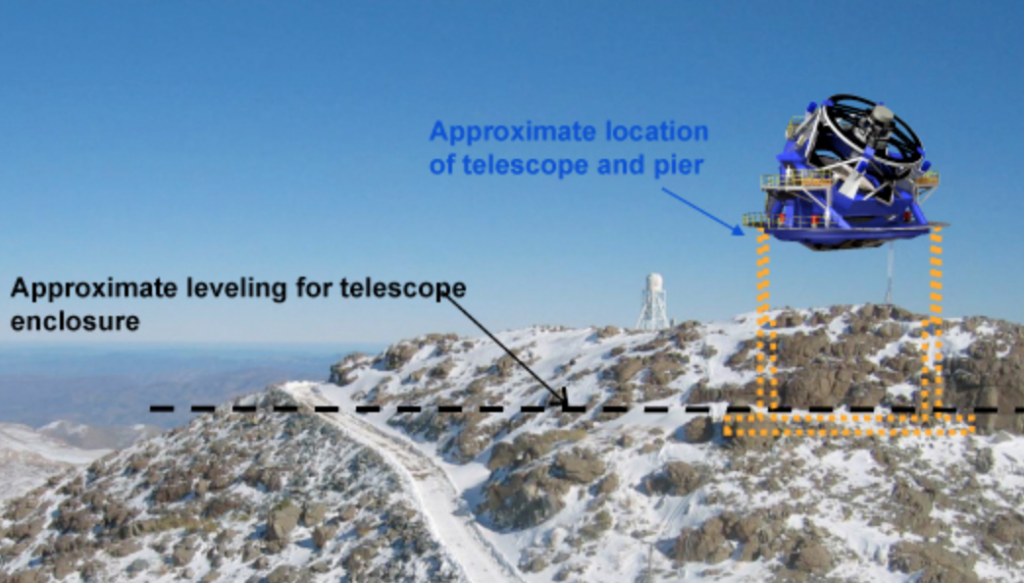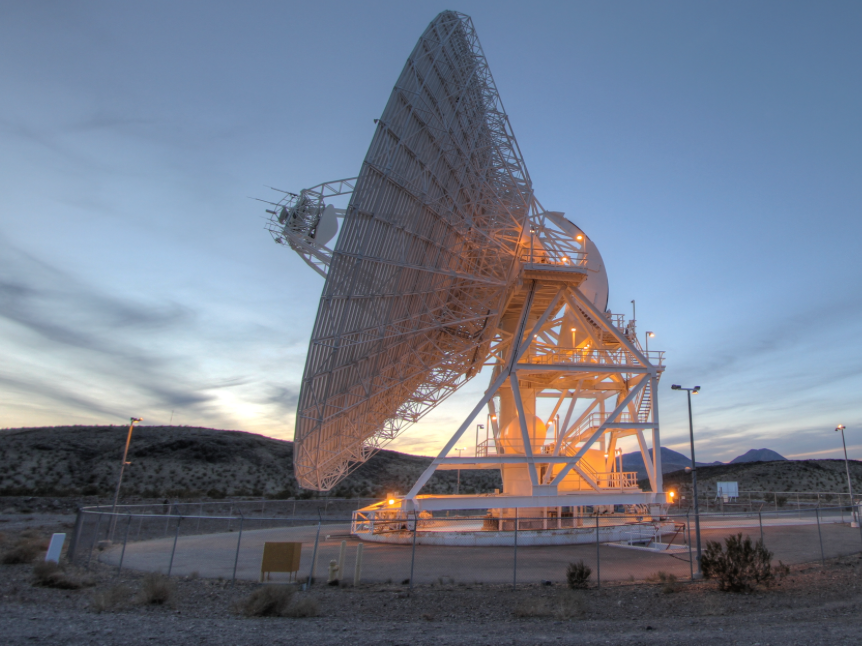WASHINGTON — What began as a sedate hearing on “Astronomy, Astrophysics, and Astrobiology,” turned into a discussion Tuesday that could have come from the script of a Hollywood movie like “Armageddon.”
“What’s really important is making sure our Earth isn’t destroyed by some space object and all of us die,” said Rep. Dana Rohrabacher, R-Calif. “And if there’s any other priority, I think that would need to be the top priority.”
Rohrabacher was responding to news that the National Science Foundation might cut funding at the Arecibo Observatory in Puerto Rico, where a 100-foot radio telescope scans space. Instead, resources would be shifted to projects like the Larger Synoptic Survey Telescope under construction in Chile.

Arecibo Observatory in Puerto Rico was opened in 1963. Photo courtesy of NASA.
Rohrabacher is worried about the possibility of an asteroid colliding with Earth, a potential threat that he said could be monitored at the Arecibo Observatory. According to the NASA Near Earth Object Program, the probability of an asteroid destroying the planet this year – the “impact risk” — is close to zero.
“It’s not in place? So, we don’t have something in place if we mothball Arecibo this year that would immediately be taking over that particular threat and handling it?” asked Rohrabacher.
No final decision has been made about the fate of the Arecibo, Jim Ulvestad of the National Science Foundation told a House space subcommittee Tuesday. But he said the observatory in Puerto Rico could not chart an object on a collision course with Earth anyway.
But a more powerful telescope like LSST in Chile could.

The LSST telescope in Chile should open in 2018. Courtesy of LSST.
“What you really need for that (charting the course of an asteroid) is a survey telescope with a very wide field of view which Arecibo is not,” Ulvestad told the Energy and Commerce subcommittee. “Arecibo’s radar can be used to characterize the properties of an object.” But the telescope being built in Chile will have greater capability, he said.
Ulvestad testified that optical and infrared telescopes can do most of the tracking work on asteroids along with the NASA Goldstone Apple Valley Radio Telescope — part of the Goldstone Deep Space Communications System in the Mojave Desert. But they can’t track as far as synoptic telescope plan for Chile. “They have a smaller dish so it’s reach into the distance is not that far.”

The Apple Valley Radio Telescope in the Mojave Desert. Photo courtesy of NASA.
Not only would the new telescope in Chile act as an early warning system about asteroids, it would also provide images and data on deep space that other telescopes, such as the famed Hubble, have never been able to.
According to the Larger Synoptic Survey Telescope website it would provide, “a ten-year survey of the dynamic universe,” through, a really big mirror, the width of a singles tennis court and a 3200 megapixel camera,” providing 10 million alerts and 1,000 pairs of exposures every night. It is scheduled in 2018.
But Rep. Rohrabacher wasn’t satisfied.
“What’s important is not what we are planning to do, but we have done.”


